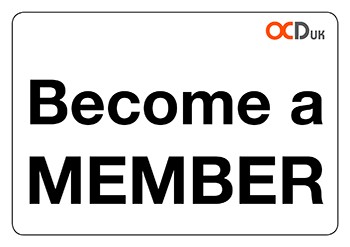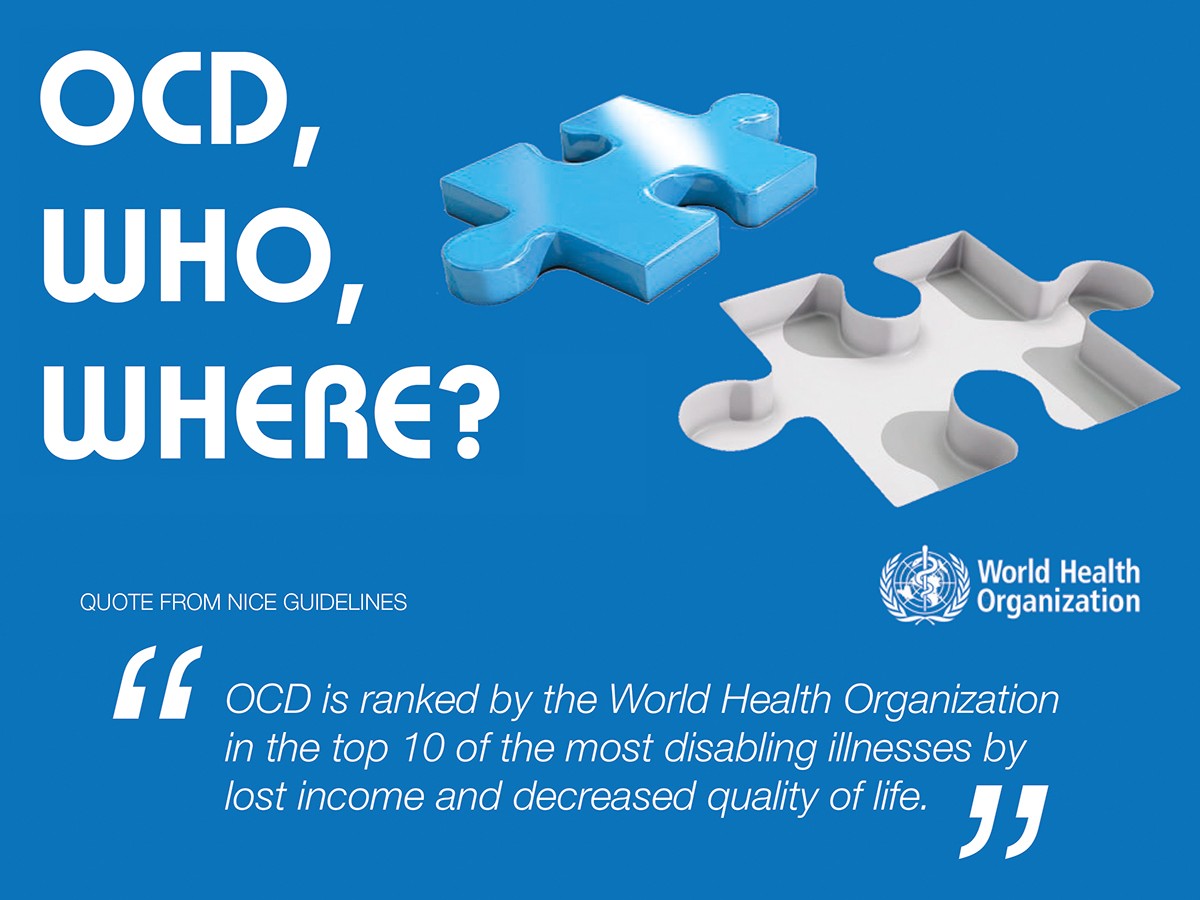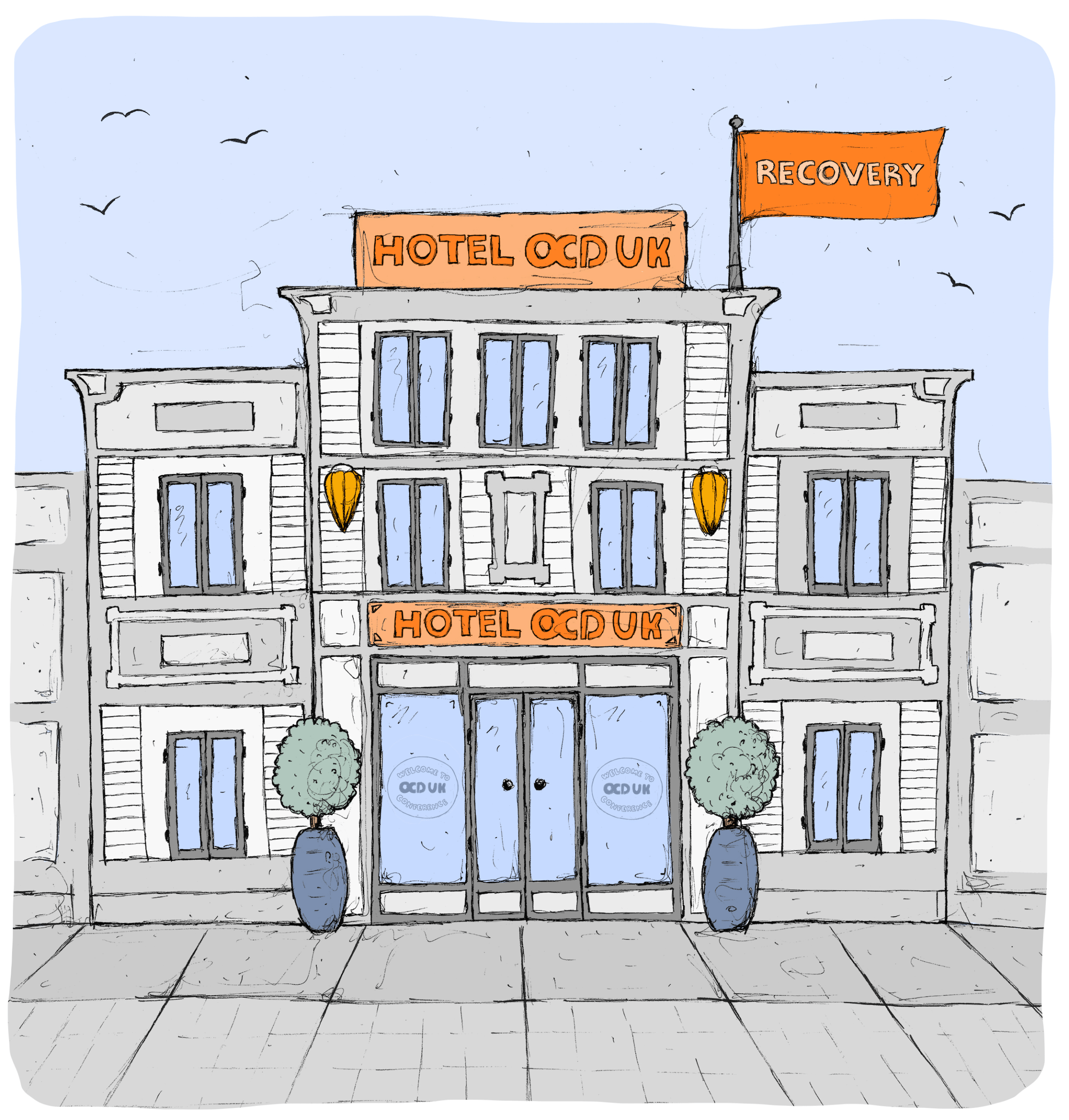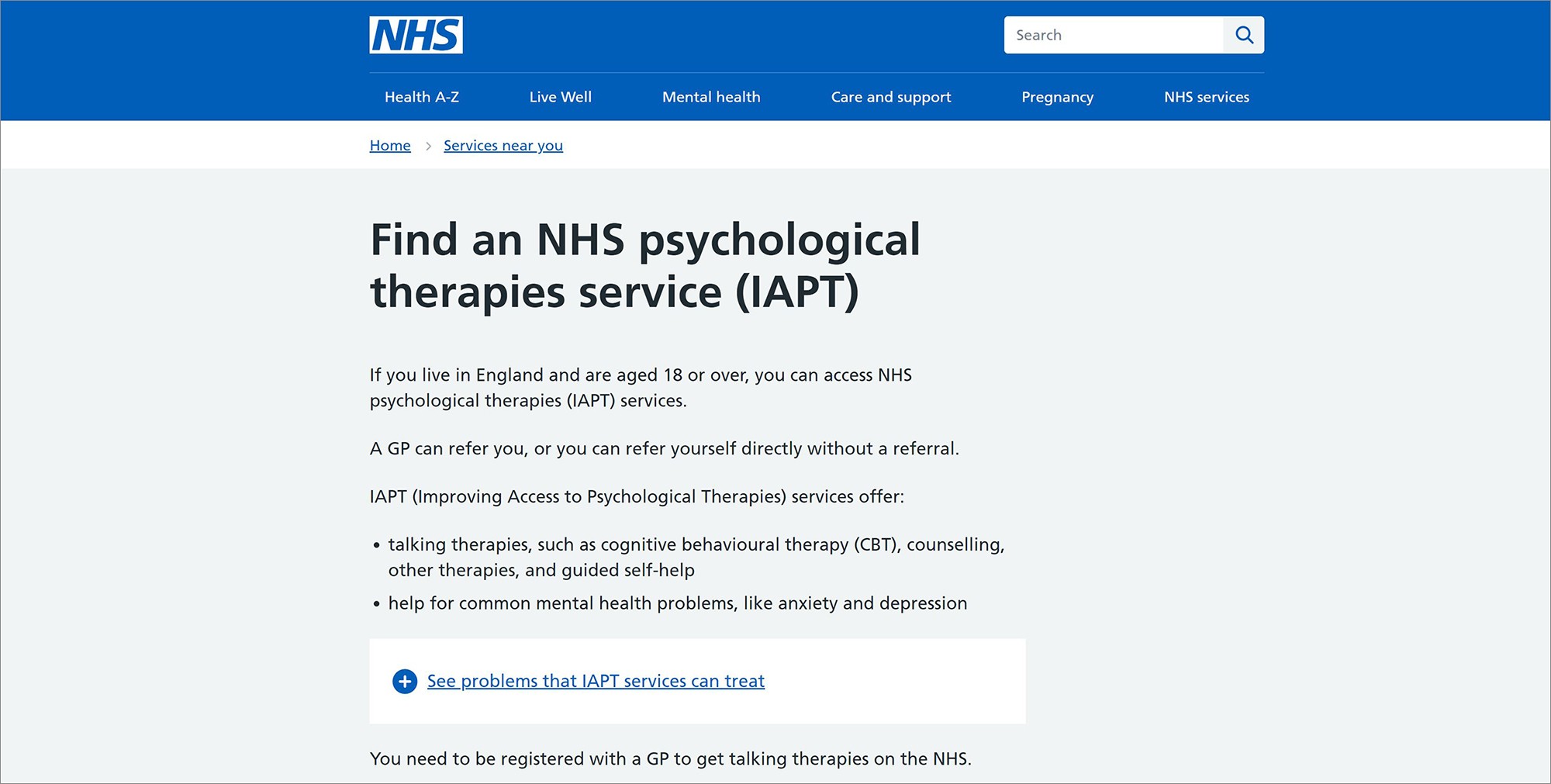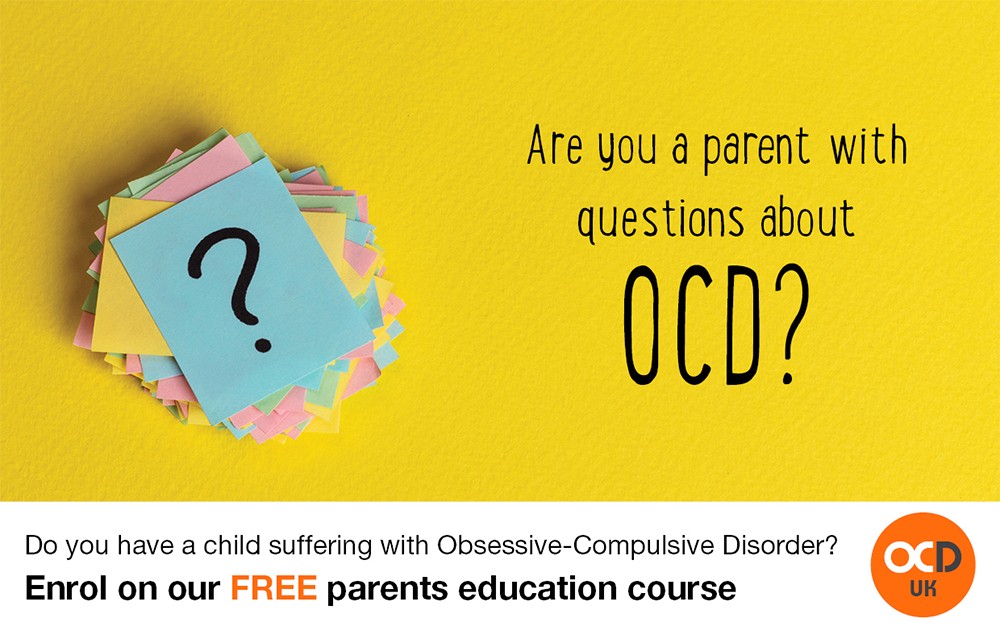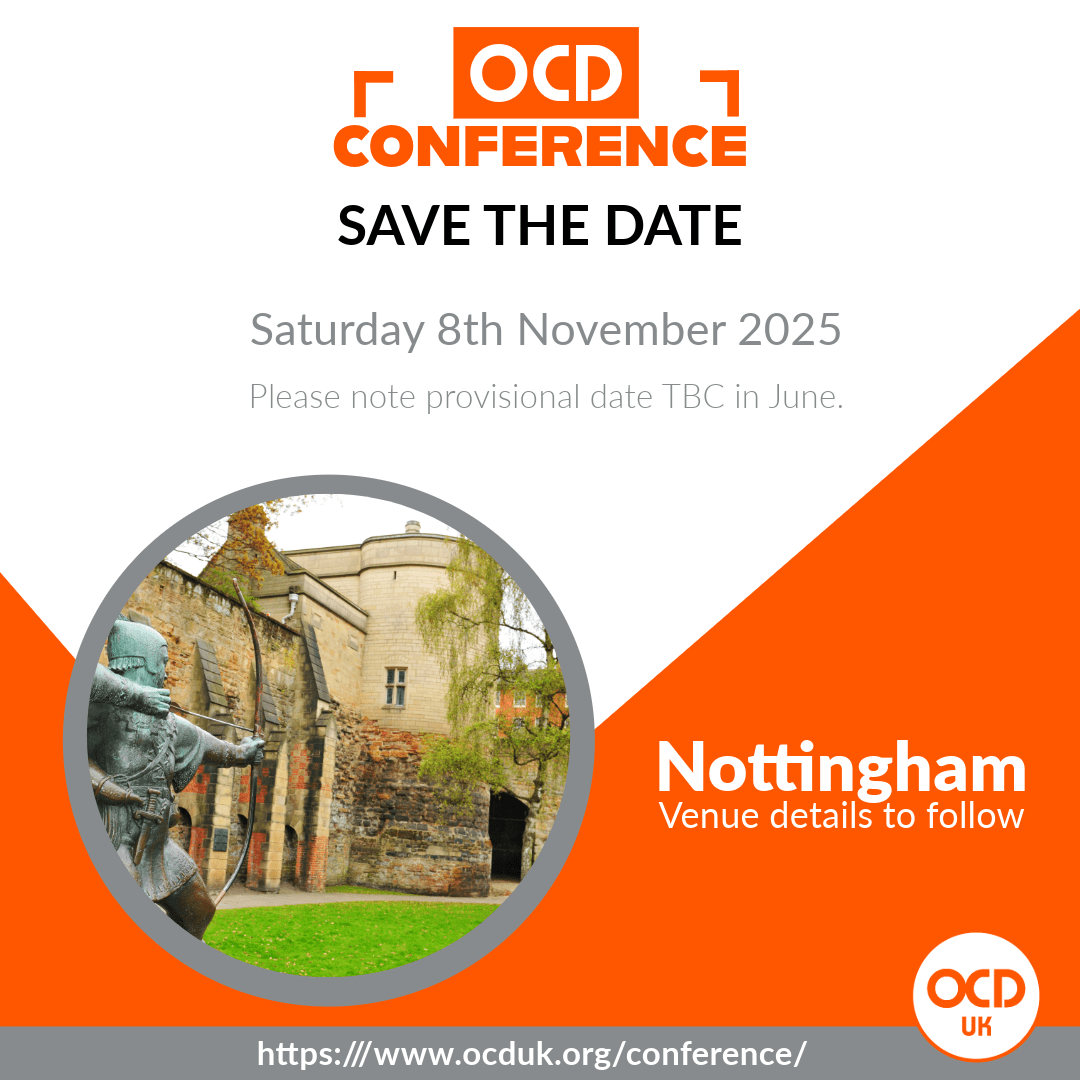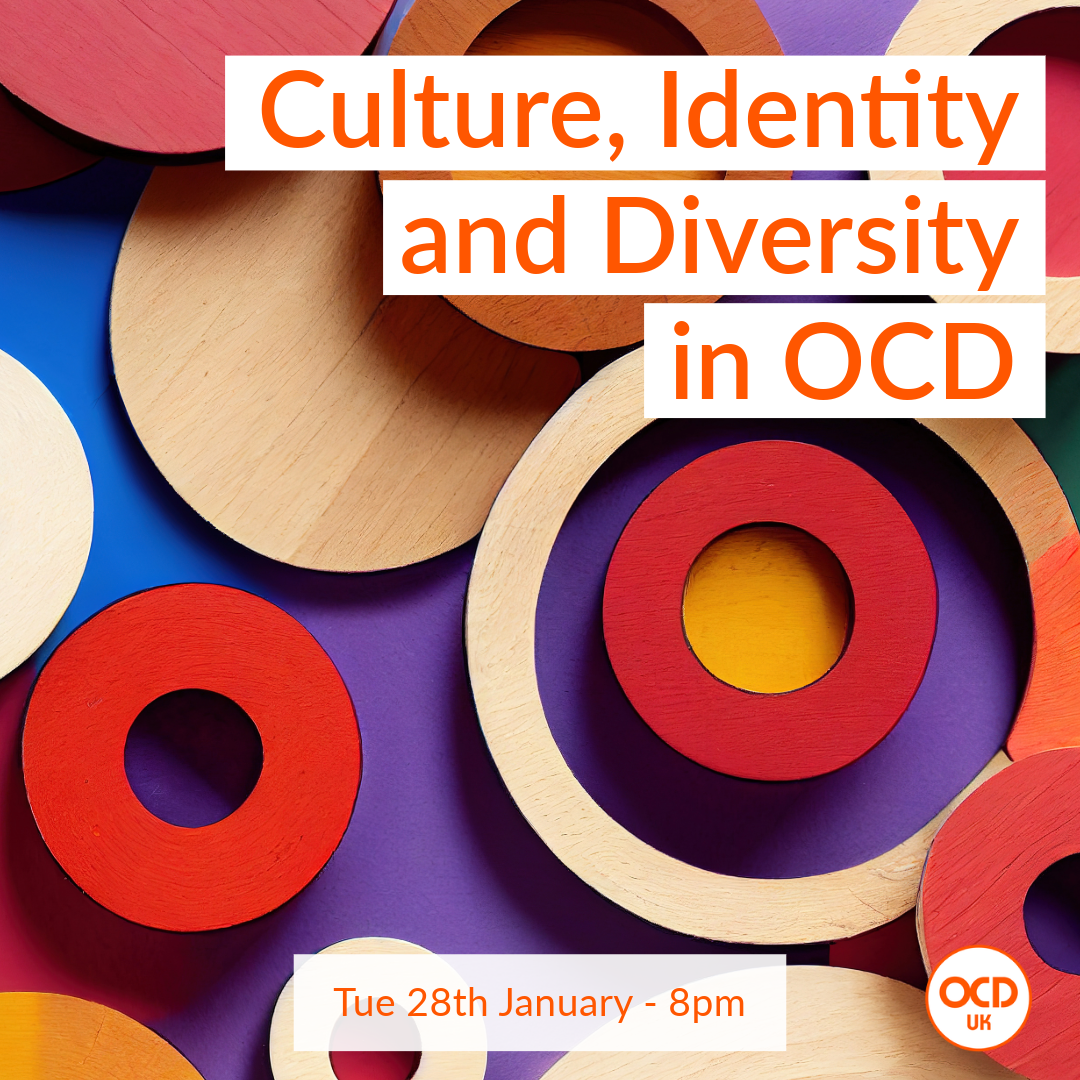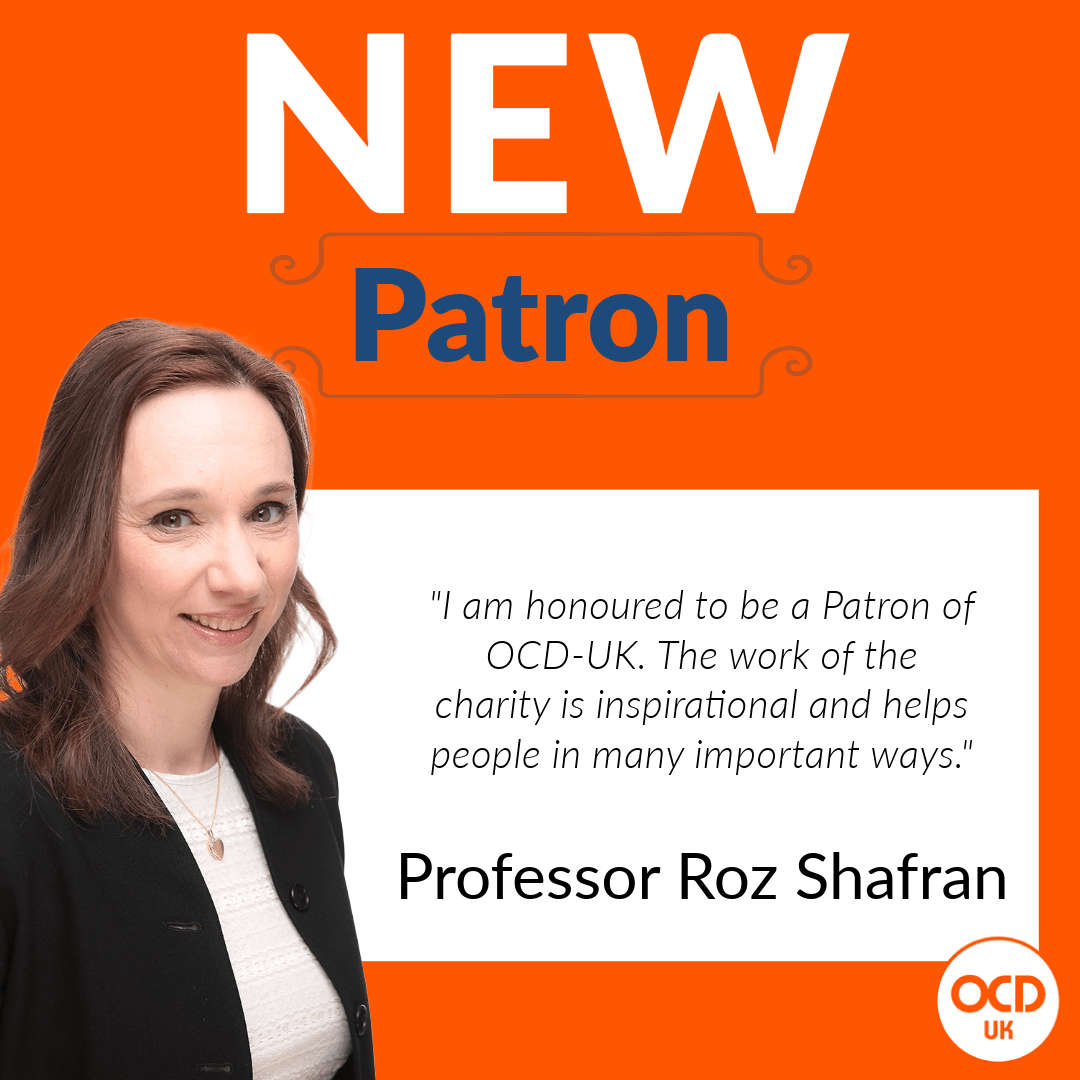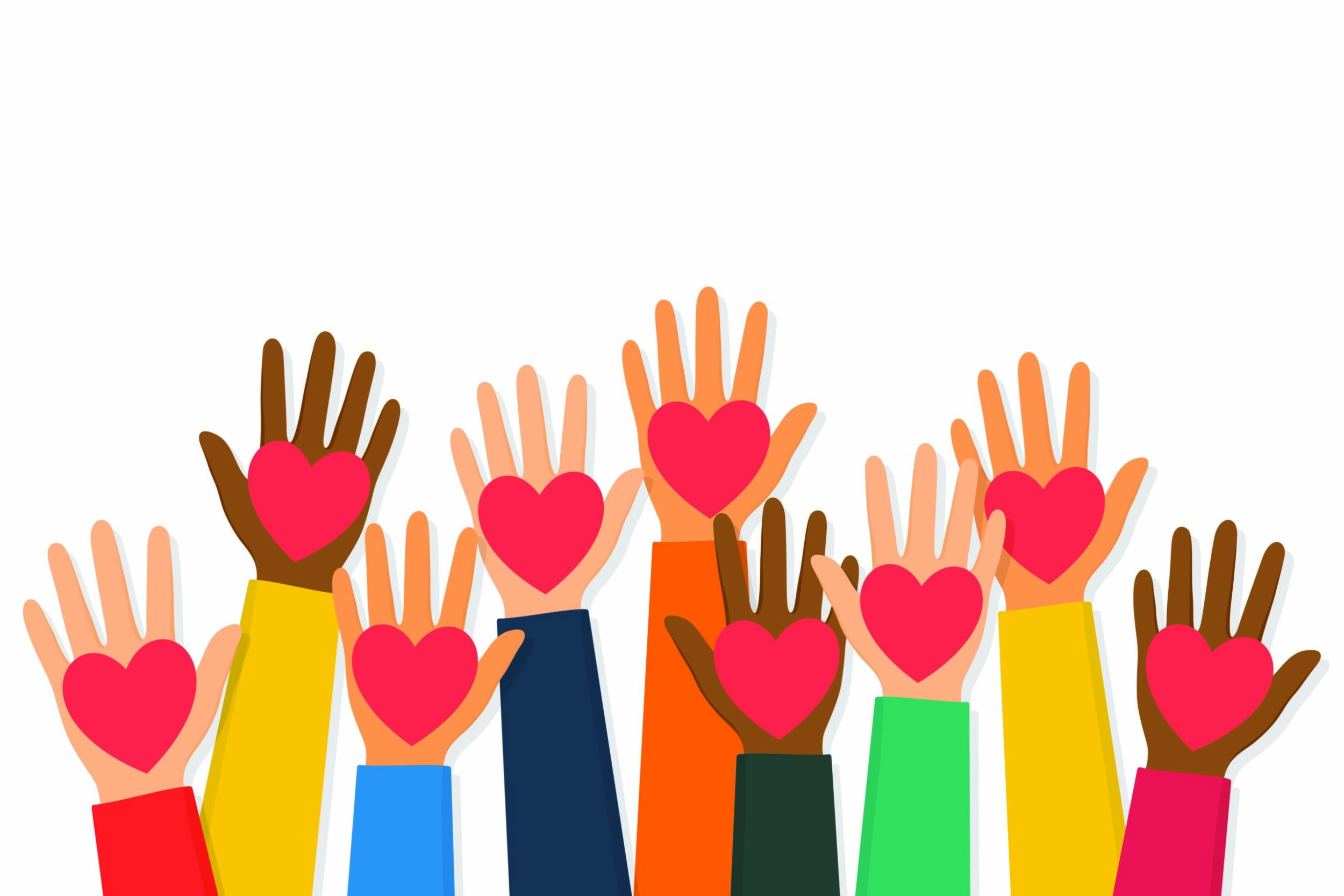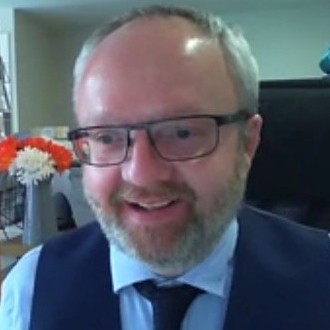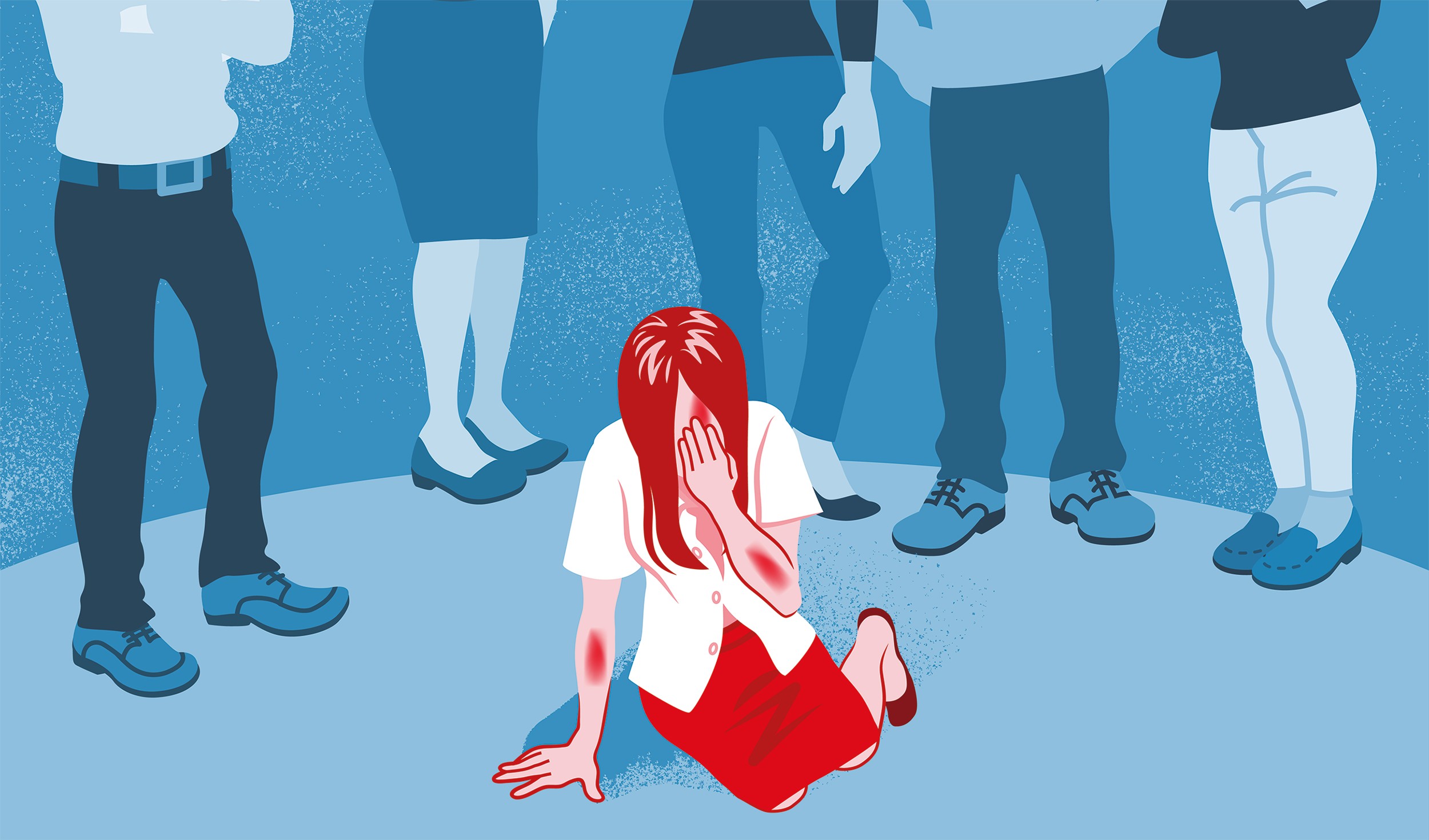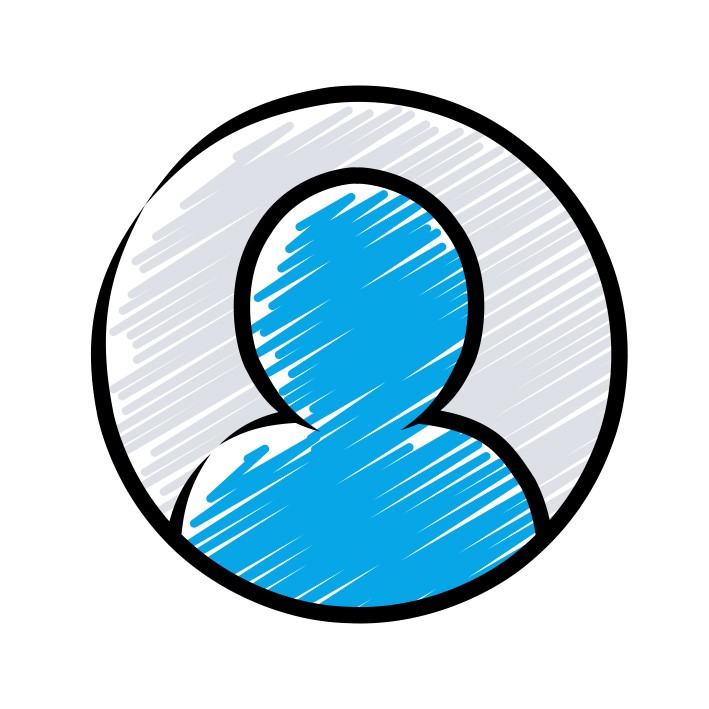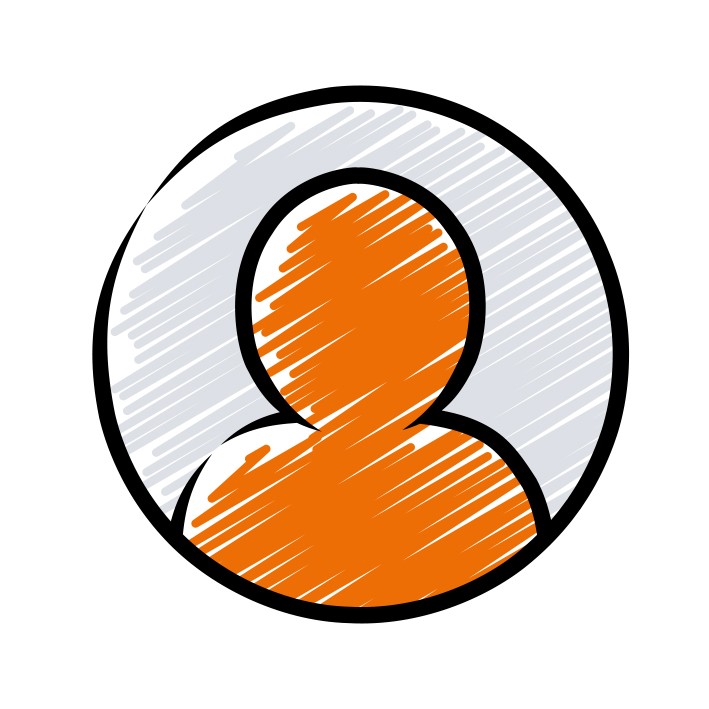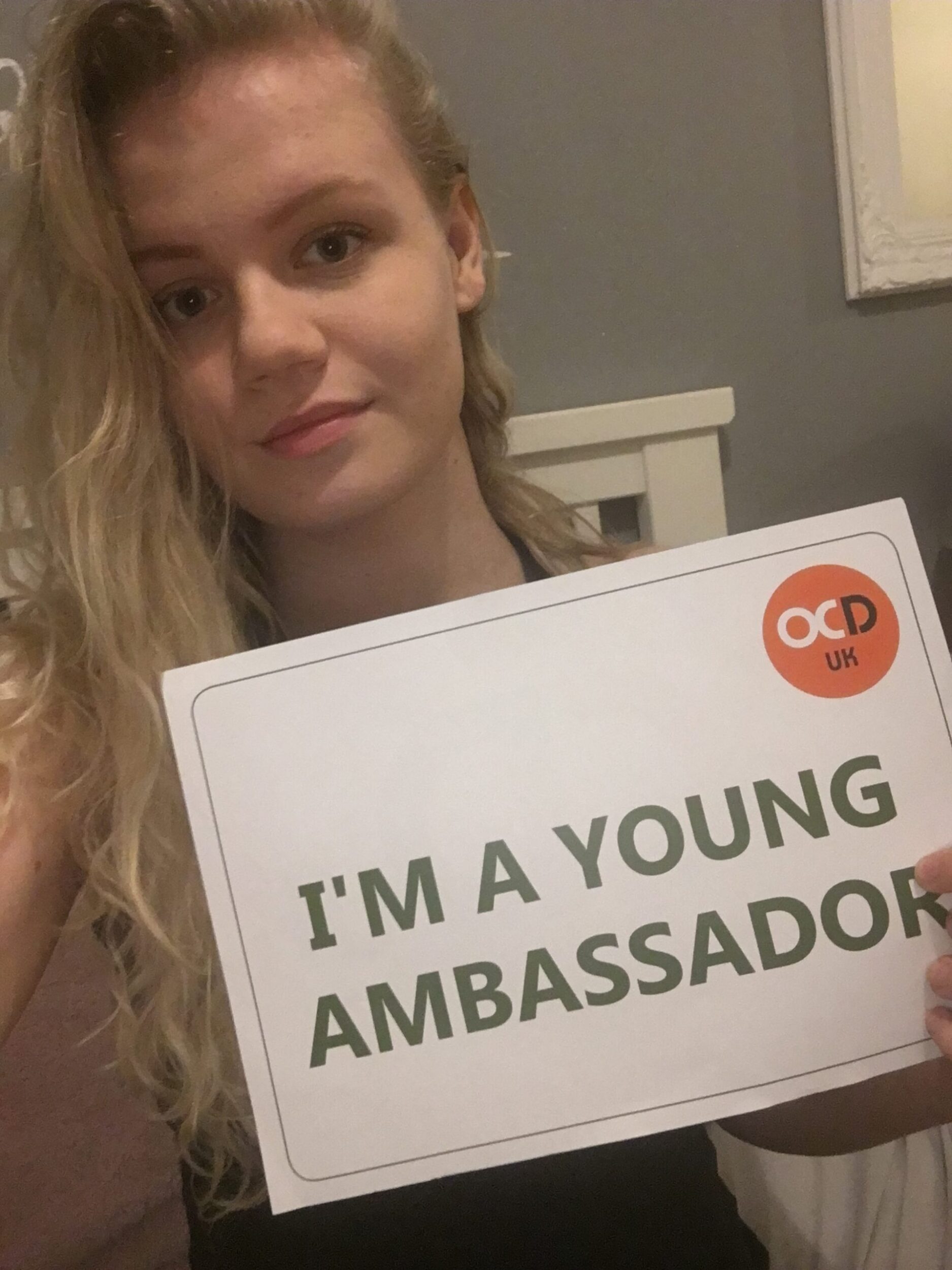Section Contents
Trichotillomania (pronounced: trick-oh-till-oh-may-nee-ah), also known as trich or sometimes just TTM, is a condition where someone can’t resist the urge to pull out their hair, either on their head from the scalp, eyebrows or eyelashes or from other parts of their body such as their armpits or genital area.
The most common method of hair pulling amongst sufferers is to use their fingers. However, some sufferers also use tweezers or other instruments.
Although Trichotillomania is listed under ‘Obsessive-Compulsive Disorder and Related Disorders’ in the latest Diagnostic and Statistical Manual of Mental Disorders (DSM), similarly to skin picking, it is not exactly the same as Obsessive-Compulsive Disorder and might better be listed as a ‘body-focused repetitive behaviour’, in fact it was once considered as an impulse control disorder.
So whilst there are some compulsive and ritualistic similarities between the two there are also important differences. Primarily, OCD is driven by unwanted intrusive thoughts (the obsessions), for example fears of bad things happening, where compulsions are carried out in an attempt to prevent bad things happening. Whereas Trichotillomania is characterised primarily by body-focused repetitive behaviour (pulling at hair) to reduce tension/stress, or even out of habit, rather than being initiated by an unwanted intrusive thought.
People with the problem feel an intense urge to pull their hair out and they experience growing tension until they do. After pulling their hair out, they feel a sense of relief. Sharing similarities with skin picking disorder, a person may sometimes pull their hair out in response to a stressful situation, or it may be done without really thinking about it.
One of the consequences of Trichotillomania is that a sufferer may be left with bald patches which can often have an unusual shape and affect one side more than the other. It can lead to them attempting to cover up their hair loss by using camouflage techniques that include hats, scarves, and false eyelashes. Some may even resort to having false eyebrows permanently tattooed. Sometimes when hair loss can’t be covered, sufferers will avoid social interactions, causing feelings of shame and low self-esteem. Those affected may try to keep their condition to themselves because of the aforementioned shame or embarrassment.
Another consequence of Trichotillomania is that some people chew on and even swallow their hair leading to both dental and digestive problems.
The condition is found predominantly in females, but does also affect males. It usually develops at an early age from adolescence to early twenties and can often stay with the sufferer throughout their life until they get treatment.
The History of Trichotillomania
It’s thought that the Trichotillomania name was coined by French dermatologist François Henri Hallopeau (1842–1919) in 1889, who combined three Greek words to describe this condition: thrix (hair), tillein (pulling), and mania (madness), although in Hallopeau’s native French tongue, the word was spelled ‘trichtillomanie’. Hallopeau used it to describe a condition exhibited by a young male patient who had torn hair out in tufts. Although the first reference to it may have come from the Greek philosopher Epictetus (c.60–c.117 AD) in his book “The Discourses” in 101 AD : “Indeed I think that the men who pluck out their hairs do what they do without knowing what they do.“. In a later reference to a character, “Much from his head he tore his rooted hair. And what does he say himself? ‘I am perplexed,’ he says, ‘and disturbed I am,’ and ‘my heart out of my bosom is leaping.“. The American Psychiatric Association first recognised Trichotillomania as a mental disorder in 1987.
Treating Trichotillomania
The treatments for Trichotillomania are very similar to those for OCD, with the treatment found to be the most effective being a talking therapy called Cognitive Behavioural Therapy (CBT). As with skin picking, an additional element of therapy may be introduced to help patients with Trichotillomania, a technique called habit reversal training. Habit reversal training works by helping the person recognise and be more aware of their hair pulling and what is triggering it and sometimes help a person replace hair picking with a less harmful behaviour. This means repeatedly learning to tolerate the resulting discomfort. Medication is no longer considered an effective treatment for Trichotillomania itself, although may be needed for any co-morbid depression.
There are of course some things you can to help yourself whilst waiting for talking therapy, for example:
What to read next:


